TRADITIONAL JAPANESE SWORD TRAINING FOR MEDITATION, COORDINATION AND CONNECTION!
Shin Kawa Ryu (New River School)
Is a Gendai Budo (modern style) sword style founded with the intention of exposing students to the traditions of Koryu (Old Style Schools of Classical Japanese Sword Arts) in a modern fashion while observing the cultural underpinnings that make Koryu arts so special as a part of martial arts history.
Shinkawa Ryu is comprised of different components:
Shoden Setei Kata
The Shoden Seitei Kata are the basic set of kata. Their purpose is to teach basic techniques of drawing and sheathing the sword, as well as basic cutting techniques. These are part of USFBD and Shin Kawa Ryu curriculum.
Chuden Setei Kata
The Chuden Seitei Kata are the advanced forms. These have been adapted from many styles to provide a standard set of kata for competition. These eight kata depict defense against attacks by one or more opponents through basic footwork and sword techniques that would be used in battlefield situations. These are part of USFBD and Shin Kawa Ryu curriculum.
Tameshigiri
Sensei Ellefson Tameshigiri
The practice of tameshigiri (test cutting) is a means of testing and fortifying proper technique that is taught in Japanese Swordwork.
The most important aspect of proper tameshigiri is safety. How to draw, sheath, cut, clean, and maintain a shinken (sharp sword) is an essential part of correct training. However, basic technical concepts of cutting must be expressed correctly in order to make it through a tatami/wara (straw mat)..
There are specific standardized patterns that are employed in order to focus on basics, and more advanced cuts that can only be performed after a strong set of basics has been acquired. These cutting patterns are used at sword tournaments in Japan and in the U.S. This is part of the USFBD and Shin Kawa Ryu curriculum.
Iaido
Iaido are primarily sword forms performed by starting in the kneeling (seiza) position. Technical efficacy is stressed from beginning to end. Movements and timing are very explicit and precise. These are part of the Shin Kawa Ryu curriculum.
Aikiken
Aikiken is swordwork derived primarily from Aikido Sword Kata. Most of these kata have their base in Koryu Arts. They involve primarily standing kata as well as Kumitachi (paired sword practice), as well as sword retention and sword taking from and opponent. This is part of the Shin Kawa Ryu curriculum.
Students start training with a Bokken (wooden sword), then will move to an Iaito (training blade) and finally to a Shinken (Live Blade). Student will be advised when they should look into purchasing a Iaito. (Instructors will be glad to point you in the right direction for purchasing). As part of the fee structure in the Shin Kawa Ryu students (when ready) will have access to a shinken and cutting targets provided by the dojo for tameshigiri. A quality shinken is a sizeable investment, so a student getting to cut prior to purchasing one is a invaluable.
Students need to become members of the USFBD to test for rank within the organization.
Students will also be able to test for rank in Shin Kawa Ryu.
Curriculum:
SHODEN SEITEI KATA
The Shoden Seitei Kata are the basic set of kata. Their purpose is to teach basic techniques of drawing and sheathing the sword, as well as basic cutting techniques. These kata can be applied to tameshigiri in a simple manner, regardless of style.
CHUDEN SEITEI KATA
The Chuden Seitei Kata are the advanced forms. These have been adapted from many styles to provide a standard set of kata for competition. These eight kata depict defense against attacks by one or more opponents through basic footwork and sword techniques that would be used in battlefield situations.
TAMESHIGIRI
The practice of tameshigiri (test cutting) is a means of testing and fortifying proper technique that is taught in various styles.
The most important aspect of proper tameshigiri is safety. How to draw, sheath, cut, clean, and maintain a shinken (sharp sword) is an essential part of correct training. However, basic technical concepts of cutting must be expressed correctly in order to make it through a tatami/wara (straw mat), regardless of style.
There are specific standardized patterns that are employed in order to focus on basics, and more advanced cuts that can only be performed after a strong set of basics has been acquired. These cutting patterns are used at sword tournaments in Japan and in the U.S.
Our Batto Do Instructors
Ryan Clarke, 3rd Degree Black Belt

















